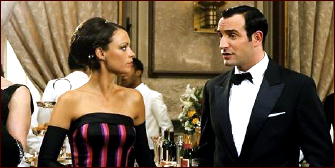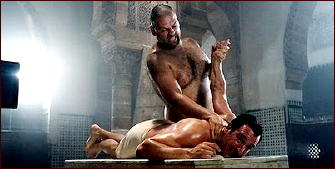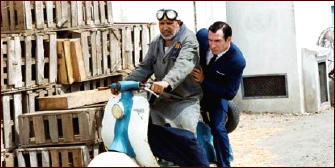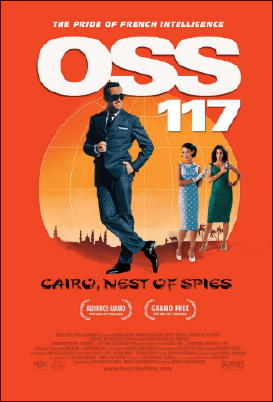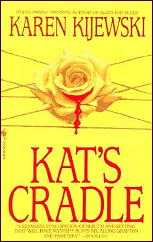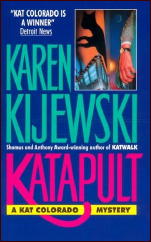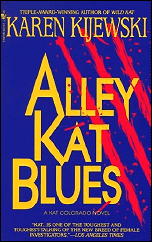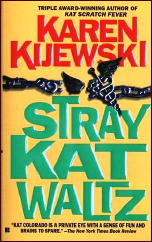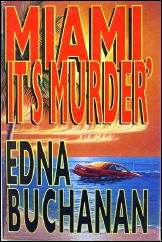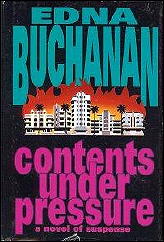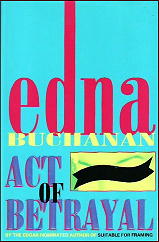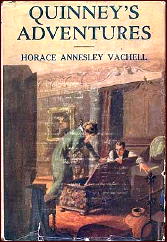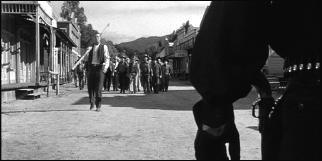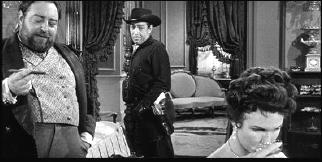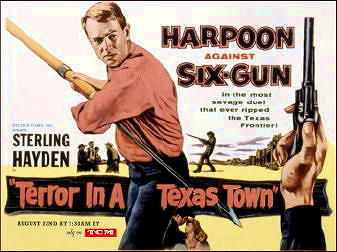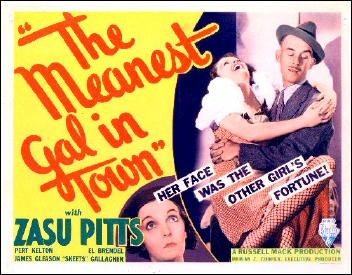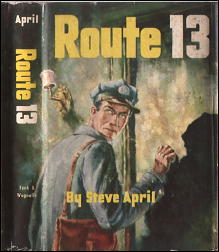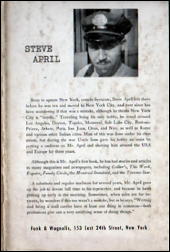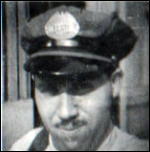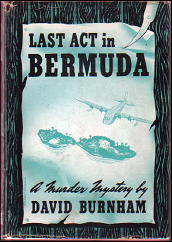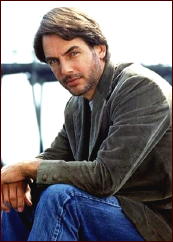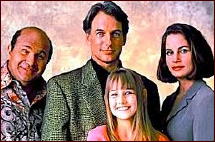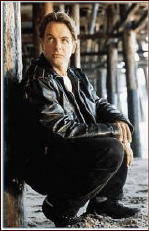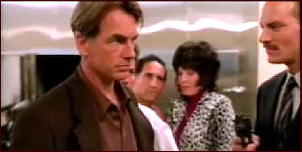Pulp Writer VICTOR MAXWELL, Part 2
by Terry Sanford
The first part of this article on pulp writer Victor Maxwell appeared earlier here on this blog. As Monte Herridge pointed out in the comments that followed, there was a quasi-autobiography of Maxwell in the January 5, 1929, issue of Detective Fiction Weekly. Monte, by the way, is indeed a DFW scholar. Now to be honest, I’ve never put a lot of stock in DFW’s authors’ writing about themselves because some were obviously pure fiction.
Now what Max did was a blend. He had his Halloran character meet Victor Maxwell. Probably made perfect sense to him since both names were fiction. Halloran is telling young Willis of his encounter the next day. The germane part is very brief and the underlined words are my way of highlighting new information.
“Well he says as how he began what he calls his ‘nefarious career,’ whatever that is, in New Yawk on the Sun, an’ went from there to the New Yawk City News Association, an’ then to Brooklyn an’ other bad luck burgs Includin’ Wilmington, Delaware and Boston, which went Democratic – yuh know the place — an’ then how his feet got to itchin’ and he come out West, infestin’ for some twenty years all the live burgs an’ them as was foredestined to become live burgs.
“Most of the time, he says, he was a newspaperman, but once or twice he deteriorated into bein’ an editor, an’ once he was an advance man for a show. One time, he says, he ran for sheriff an’ got as far as gettin’ the Democratic nomination; an another time he says he was a special agent for the Governor of Oregon, doin’ high-class gumshoe work after Wobblies an’ such.
“An it was then, he says, that he run across Don Thompson, who writes for DFW an’ he thought Thompson was a right smart guy. From what he says I got a hunch, too, that he done some Intelligence work durin’ the war; but yuh can’t tell about those guys.”
BIBLIOGRAPHY
A. Non-Crime Pulps.
* The Little Girl Who Got Lost. The Popular Magazine, Jan 20 1916.
* Why Arabia Kissed Me. The Popular Magazine, Aug #2 1916.
* No Show at All. The Popular Magazine, Apr 5 1917.
* Opals Are Unlucky. The Popular Magazine, Apr 20 1917.
* “Honest Jawn”. The Popular Magazine, May 20 1917.
* Doubling the Double Cross. The Popular Magazine June, 7 1917.
* A Personal Vengeance. The Popular Magazine, June 20 1917.
* No Imagination. The Popular Magazine, Sept 7 1917.
* Mushrooms and Airships. The Popular Magazine, Sept 20 1917.
* Justified Piracy. The Popular Magazine, Dec 20 1917.
* The Making of a Hero. The Popular Magazine, July 20 1928.
* I Remember When. Railroad Man’s Magazine, Feb 1930.
* Check and Double Check. Railroad Man’s Magazine, Jan 1931.
* The Side-Rod Bender. Railroad Man’s Magazine, Feb 1931.
* Rolling Sixty-Five or Better. Short Stories, Oct 10 1931.
* Red Lantern Oil. Railroad Stories, Aug 1932.
* The Deadhead Passenger. Railroad Stories, Nov 1933.
* One Thing Leads to Another. Street & Smith’s Complete Stories, May 20 1934.
* Crazy Like a Fox. Street & Smith’s Complete Stories, Sept 3 1934.
* The Payoff Comes Last. Street & Smith’s Complete Magazine, June 1935.
* A Good, Smart Girl. Street & Smith’s Complete Magazine, July 1935.
B. Detective Magazines. DFW indicates variously Flynn’s, Flynn’s Weekly, Detective Fiction Weekly.
* The Plainly Marked Track. DFW, Aug 8, 1925.
* The Work Of An Artist. DFW, Sept 5, 1925.
* Threads Of Evidence. DFW, Sept 19, 1925.
* What The Cipher Told. DFW, Oct 24, 1925.
* The Honest Thief. DFW, Nov 7, 1925.
* Another Use For Water. DFW, Dec 5, 1925.
* Three Out On Christmas. DFW, Dec 12, 1925.
* Mister Somebody Else. DFW, Jan 9, 1926.
* The Ghost Burglar. DFW, Feb 13, 1926.
* A Jeweler’s Reputation. DFW, Feb 27, 1926.
* Two In The Dark. DFW, Mar 27, 1926.
* The Hole In The Chimney. DFW, May 8, 1926.
* The Haunted Street. DFW, Aug 21, 1926.
* For A Point Of Honor. DFW, Sept 4, 1926.
* Quick Work. Sept 11, 1926.
* All Covered Up. DFW, Sept 25, 1926.
* Something New in Vanities. DFW, Oct 2, 1926.
* Riordan Seems Stupid. DFW, Oct 23, 1926.
* A Darned Good Tailor. DFW, Nov 20, 1926.
* An Open And Shut Case. DFW, Dec 11, 1926.
* Died From Other Causes. DFW, Dec 18, 1926.
* Politics. DFW, Feb 26, 1927.
* The Staples Case. DFW, Mar 5, 1927.
* The Bomb. DFW, Mar 12, 1927.
* The Stolen Street Car. DFW, Apr 9, 1927.
* Framed. DFW, Apr 23, 1927.
* The Power Of The Press. DFW, June 11, 1927.
* Applied Psychology. DFW, July 16, 1927.
* All Crossed Up. DFW, Oct 15, 1927.
* Riordan Uses Tact. DFW, Oct 22, 1927.
* Straight Police Work. DFW, Oct 29, 1927.
* One Thing After Another. DFW, Feb 18, 1928.
* The Truth About The Prince (Pt.1). DFW, Feb 25, 1928.
* The Truth About The Prince (Pt. 2). DFW, Mar 3, 1928.
* The Truth About The Prince (Pt.3). DFW, Mar 10, 1928.
* Tod Nevis Tells The Story. DFW, Apr 21, 1928.
* A Young Man In Trouble. DFW, May 5, 1928.
* The Other Side Of The Story. DFW, Sept 1, 1928.
* He Learned To Use His Eyes. DFW, Nov 10, 1928.
* The Dark Finger-Prints. DFW, Dec 1, 1928.
* Mostly Head Work. DFW, Dec 15, 1928.
* Too Good To Be Straight. DFW, Jan 5, 1929.
* Riordan Foils A Press Agent. DFW, Jan 26, 1929.
* The Murder Of Joe Parrish. DFW, Feb 16, 1929.
* Marked Money. DFW, Mar 16, 1929.
* Evidence Of Murder. DFW, June 22, 1929.
* Protection Money. DFW, Aug 17, 1929.
* The Bullet Holes In The Ceiling. DFW, Oct 12, 1929.
* Suspicion Of Murder. DFW, Jan 25, 1930.
* On Getting Out Of A Jam. DFW, Feb 1, 1930.
* Hit-And-Run. DFW, Apr 19, 1930.
* Brass Buttons. DFW, Aug 2, 1930.
* The Invisible Death. DFW, Sept 6, 1930.
* Two Confess Murder. DFW, Sept 20, 1930.
* The Hazardous Path. DFW, Oct 18, 1930.
* Fast Time On The Main Line. DFW, Nov 1, 1930.
* A Fine Night For Murders. DFW, Feb 28, 1930.
* One Of These Seven. All Star Detective Stories, May 1931.
* The Man Who Left No Trace. DFW, May 2, 1931.
* Handicapped By Facts. DFW, May 16, 1931.
* Very Well Framed. DFW, June 10, 1931.
* Missing Persons. DFW, June 27, 1931.
* Accidental Death. DFW, Aug 15, 1931.
* Halloran Makes A Case. DFW, Sept 12, 1931.
* The Morning Alibi. DFW, Sept 26, 1931.
* The Convicting Alibi. DFW, Dec 19, 1931.
* Captain Brady Takes A Cue. DFW, Jan 23, 1932.
* The Things They Saw. DFW, Mar 5, 1932.
* More Than Satisfied. DFW, Apr 9, 1932.
* The Corpus Delicti. DFW, June 11, 1932.
* The Station House Murder. DFW, July 2, 1932.
* Halloran Spots A Boner. DFW, Dec 31, 1932.
* Pearls Before Swine. DFW, Mar 4, 1933.
* The Serge At 2242. DFW, May 20, 1933.
* Find The Woman In Red. DFW, July 15, 1933.
* The Trail To The Treasure. International Detective Magazine, Oct 1933.
* Way Up In The Air. DFW, Nov 11, 1933.
* The Girl In The Hidden Cell. DFW, Dec 9, 1933.
* The Old Lummox. DFW, Dec 30, 1933.
* The Death In The Binoculars. DFW, Mar 31, 1934.
* Straws Of Doom. DFW, July 7, 1934.
* Cold Decked. DFW, Sept 29, 1934.
* Murder On The Limited. DFW, Dec 29, 1934.
* The High-Frequency Eliminator. DFW, June 8, 1935.
* A Clever Job. DFW, July 20, 1935.
* Shake And Shake Again. DFW, Oct 2, 1935.
* Loose End. DFW, Jan 11, 1936.
* Four Petrified Men. DFW, Feb 15, 1936.
* Diamond Death Trail. DFW, Mar 28, 1936.
* The Cart Before The Horse. DFW, June 20, 1936.
* Dangerous Millions. DFW, Aug 1, 1936.
* Dames Are Poison. Detective Action Stories, Oct 1936.
* On The Mayor’s Doorstep. Detective Action Stories, Dec 1936.
* Willis to Riordan to Halloran. DFW, Dec 26, 1936.
* The Thunderbolt. DFW, July 3, 1937.
* The Suicide Clues. DFW, Aug 28, 1937.
* The Hundred Flyaway Skulls. Detective Action Stories, Apr-May 1937.
* The Devil Wears Diamonds. DFW, July 1, 1939.
* A Trick For Halloran. New Detective Magazine, Nov 1943.
* Murder, Ahoy! New Detective Magazine, Jan 1944.
Corrections and additions are most definitely welcome.
SOURCES:
Michael L. Cook & Steven T. Miller: Mystery, Detective, and Espionage Fiction: A Checklist of Fiction in U.S. Pulp Magazines, 1915-1974.
The FictionMags Index.
The personal files of Maxwell Vietor, aka Victor Maxwell.
